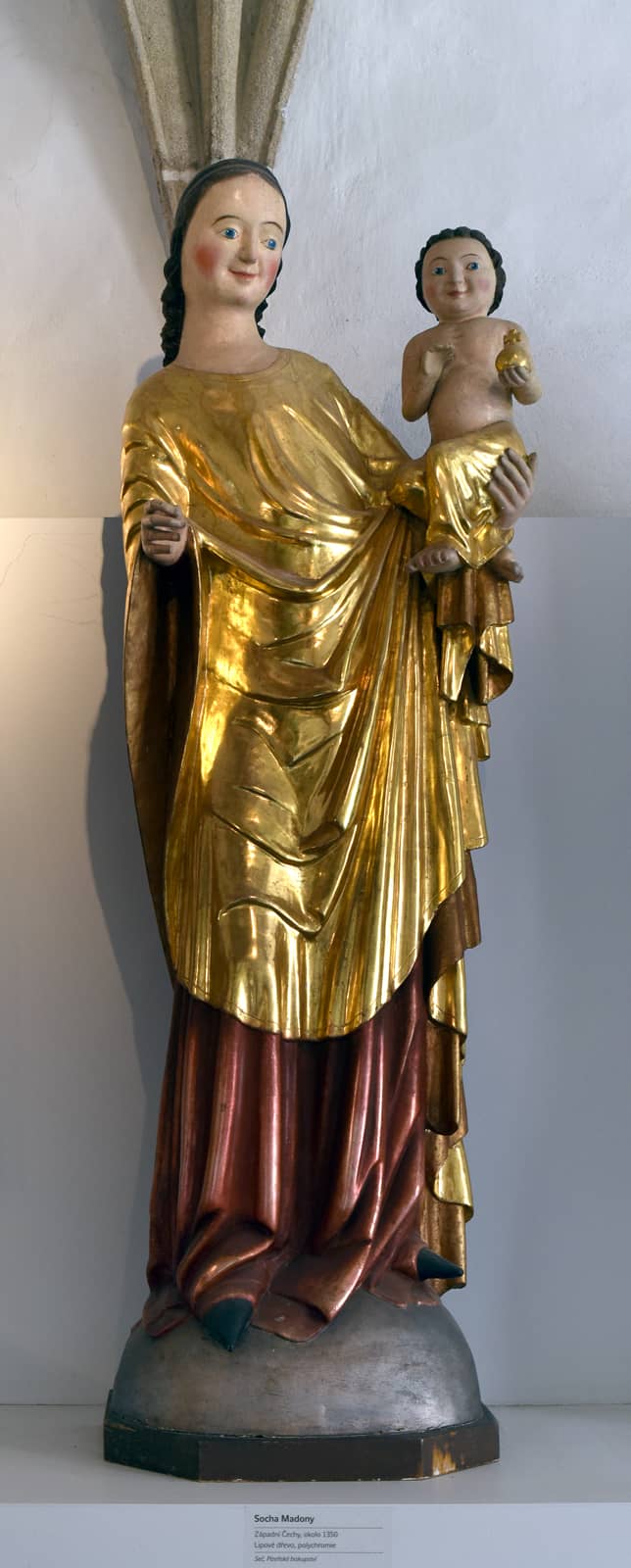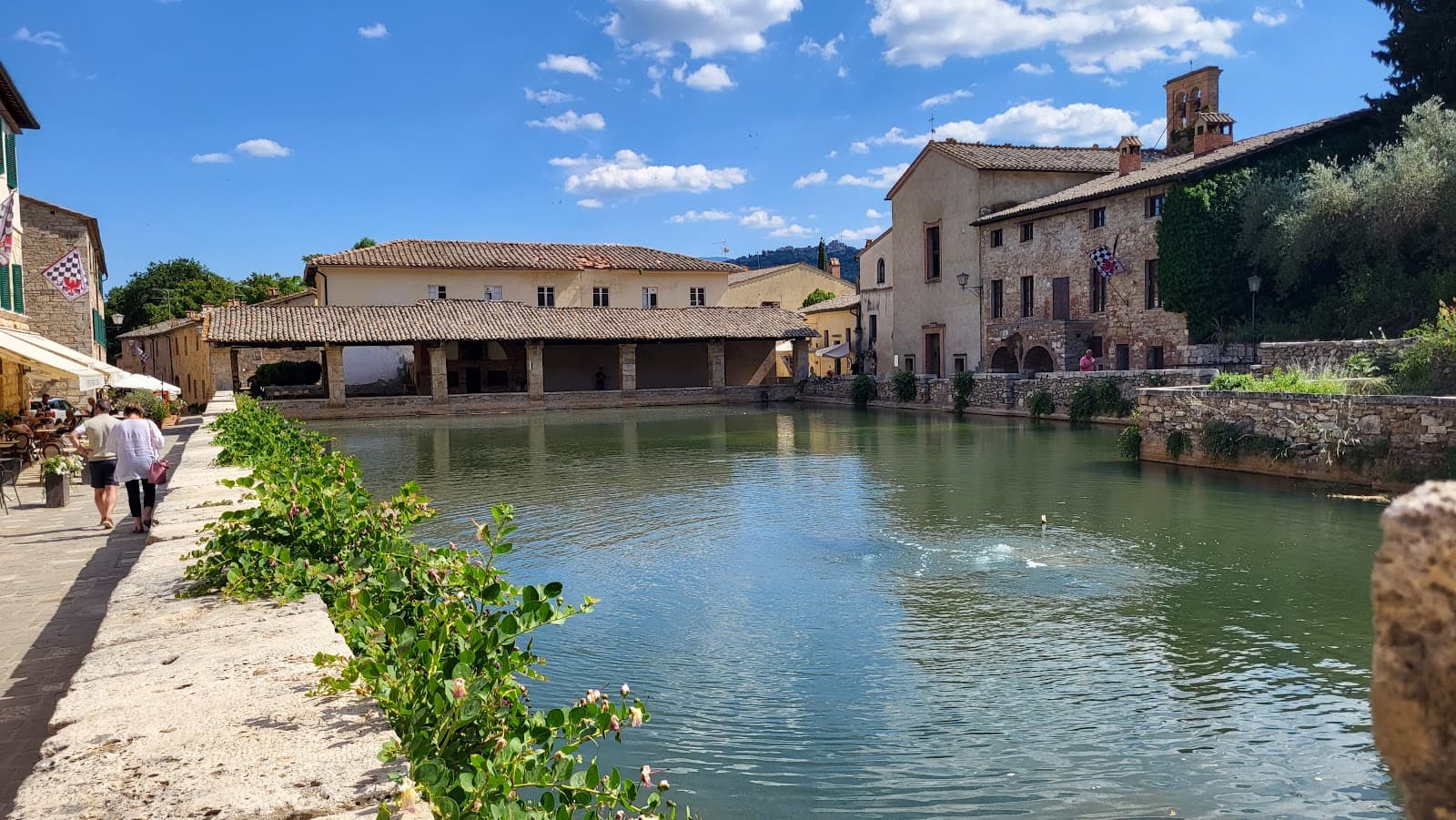
Oratorio di San Bernardino and Diocesan Museum
Discover Renaissance frescoes and sacred art in Perugia's Oratorio di San Bernardino and Diocesan Museum. A journey through faith and artistry.

Highlights
Must-see attractions

Social
From TikTok & Reddit
Best Time
Fewer crowds, peaceful viewing

Oratorio di San Bernardino and Diocesan Museum
Best Time
Fewer crowds, peaceful viewing

Highlights
Must-see attractions
Discover Renaissance frescoes and sacred art in Perugia's Oratorio di San Bernardino and Diocesan Museum. A journey through faith and artistry.
"The frescoes are absolutely breathtaking, a true masterpiece of Renaissance art!"

📸 Capture the Art
Photography is usually allowed, but check for restrictions on flash. The frescoes are stunning!
👟 Comfortable Shoes
You'll be doing a fair bit of walking and standing, so wear comfy shoes for exploring.

Highlights
Discover the most iconic attractions and experiences

Oratorio di San Bernardino Frescoes
Oratorio di San Bernardino
Marvel at the vibrant 15th-century frescoes depicting the life of Saint Bernardino, a masterpiece of Renaissance art.

Diocesan Museum Collection
Diocesan Museum
Explore religious artifacts, paintings, and sculptures spanning centuries of local ecclesiastical history.
Architectural Details
Exterior and Interior
Appreciate the intricate architectural elements, from the facade to the interior design, showcasing historical craftsmanship.
Plans like a pro.
Thinks like you
Planning Your Visit
Book Tickets in Advance
Check Opening Hours
Best Times
Insider Tips
from TikTok, Instagram & Reddit
📸 Capture the Art
Photography is usually allowed, but check for restrictions on flash. The frescoes are stunning!
👟 Comfortable Shoes
You'll be doing a fair bit of walking and standing, so wear comfy shoes for exploring.
⏳ Allow Ample Time
Don't rush! Give yourself at least 1-2 hours to fully appreciate the art and history.
Tips
from all over the internet
📸 Capture the Art
Photography is usually allowed, but check for restrictions on flash. The frescoes are stunning!
👟 Comfortable Shoes
You'll be doing a fair bit of walking and standing, so wear comfy shoes for exploring.
⏳ Allow Ample Time
Don't rush! Give yourself at least 1-2 hours to fully appreciate the art and history.
What Travellers Say
Reviews Summary
Visitors consistently praise the Oratorio di San Bernardino for its stunning, well-preserved frescoes, calling them a highlight of Perugia's artistic heritage. The Diocesan Museum is appreciated for its collection of religious artifacts, offering a comprehensive look at local ecclesiastical history. Some find the museum's layout a bit compact, but the overall experience is highly regarded for its cultural and artistic value.
""
Angelo Berghella
What People Like
What People Dislike
Frequently Asked Questions
🚇 🗺️ Getting There
The Oratorio di San Bernardino and Diocesan Museum is centrally located in Perugia. It's easily accessible on foot if you're already in the historic center. If arriving by car, look for public parking garages nearby, as driving directly to the site can be restricted. Public transport options like buses also serve the area, with stops a short walk away.
Parking directly at the Oratorio di San Bernardino and Diocesan Museum is limited. The best option is to use one of the public parking garages in Perugia's historic center, such as the Partigiani or Piazza Partigiani garage, and then walk to the museum.
Yes, Perugia has a good public bus system. Several bus lines stop within walking distance of the Oratorio di San Bernardino and Diocesan Museum. Check local bus routes for the most convenient option from your starting point.
🎫 🎫 Tickets & Entry
Yes, an admission ticket is required to enter both the Oratorio di San Bernardino and the Diocesan Museum. It's advisable to check their official website for the most current ticket prices and to see if advance booking is recommended, especially during busy tourist seasons.
Opening hours for the Oratorio di San Bernardino and Diocesan Museum can vary seasonally and by day. It's essential to consult their official website or contact them directly for the most up-to-date information on opening times and any potential closures.
Inquire about potential discounts for students, seniors, or groups. Sometimes, city passes or combined tickets with other Perugia attractions might be available, offering a cost-effective way to explore multiple sites.
Typically, the Oratorio di San Bernardino and the Diocesan Museum are visited together with a single admission ticket. They are often managed as a single complex, so separate entry is usually not an option.
🎫 🏛️ Onsite Experience
To fully appreciate the frescoes in the Oratorio and the exhibits in the Diocesan Museum, plan for at least 1.5 to 2 hours. This allows time to absorb the details of the art and historical context without feeling rushed.
Photography is generally permitted inside the Oratorio di San Bernardino and Diocesan Museum, but it's crucial to check for any specific restrictions, especially regarding flash photography, which is often prohibited to protect the delicate artworks.
Guided tours can greatly enhance your understanding of the art and history. Inquire at the ticket counter or check the official website for information on available guided tours, their schedules, and languages offered.
There isn't a strict dress code, but as it's a religious site and museum, modest attire is appreciated. Comfortable clothing and footwear are recommended for exploring the premises.
Accessibility can vary in historic buildings. It's best to contact the Oratorio di San Bernardino and Diocesan Museum directly to inquire about specific accessibility features for visitors with mobility challenges.
🍽️ 🍽️ Food & Dining
Typically, museums like the Oratorio di San Bernardino and Diocesan Museum do not have extensive dining facilities. You might find a small refreshment area, but for a full meal, it's best to explore the numerous trattorias and cafes in the surrounding historic center of Perugia.
The area around the Oratorio di San Bernardino and Diocesan Museum is rich with dining options. You can find traditional Umbrian cuisine in nearby trattorias, offering local specialties like strangozzi pasta and truffles. Explore the charming side streets for authentic culinary experiences.
📸 📸 Photography
The main highlight for photography is the interior of the Oratorio, with its stunning frescoes. The facade of the Oratorio also offers great photo opportunities. Inside the Diocesan Museum, look for well-lit displays of religious art and artifacts.
Yes, photography of the frescoes is generally allowed, but always be mindful of signs prohibiting flash. The vibrant colors and intricate details of the 15th-century artwork make for spectacular shots.
A camera with good low-light performance is beneficial, especially for the interior shots. A versatile lens that can capture both wide frescoes and detailed artifacts would be ideal. A smartphone with a good camera can also capture excellent images.
For Different Travelers
Tailored advice for your travel style
👨👩👧 Families with Kids
To make the visit more enjoyable for younger ones, consider a scavenger hunt for specific figures or colors within the frescoes. Keep the visit concise, focusing on the most visually striking elements. Afterwards, exploring the lively streets of Perugia offers plenty of kid-friendly distractions and gelato opportunities.
🎨 Art & History Enthusiasts
Take your time to study the details of the frescoes, noting the narrative progression and the artistic choices made. In the museum, delve into the history behind the liturgical objects and sculptures. Consider booking a guided tour to gain expert insights and a deeper understanding of the historical and artistic significance of each piece.
Deep Dives
In-depth insights and expert knowledge
The Artistry of the Oratorio di San Bernardino
Beyond the main narrative, pay attention to the decorative elements and the architectural integration of the art. The Baroque-style altar and other decorative features add layers to the visual experience. Understanding the historical context of Saint Bernardino and his influence can deepen your appreciation for the artwork's significance and its impact on local devotion.
Visitors often remark on the immersive quality of the Oratorio, feeling transported back in time by the artistry. It’s a space that encourages quiet contemplation and admiration for the skill of the Renaissance masters. The preservation of these frescoes is a testament to the ongoing efforts to protect this cultural heritage.
Exploring the Diocesan Museum's Treasures
Key pieces often highlighted include works by local masters and significant religious artifacts that have been preserved for generations. The museum provides context for the religious practices and artistic patronage within the region. It’s a journey through the spiritual and cultural evolution of the diocese, showcasing items that were once central to religious ceremonies and community life.
Many visitors find the intimate scale of the museum to be a significant advantage, allowing for a focused and personal engagement with the exhibits. It complements the experience of the Oratorio by providing a broader historical and artistic framework for understanding the religious significance of the area.






Social
from TikTok, Instagram & Reddit